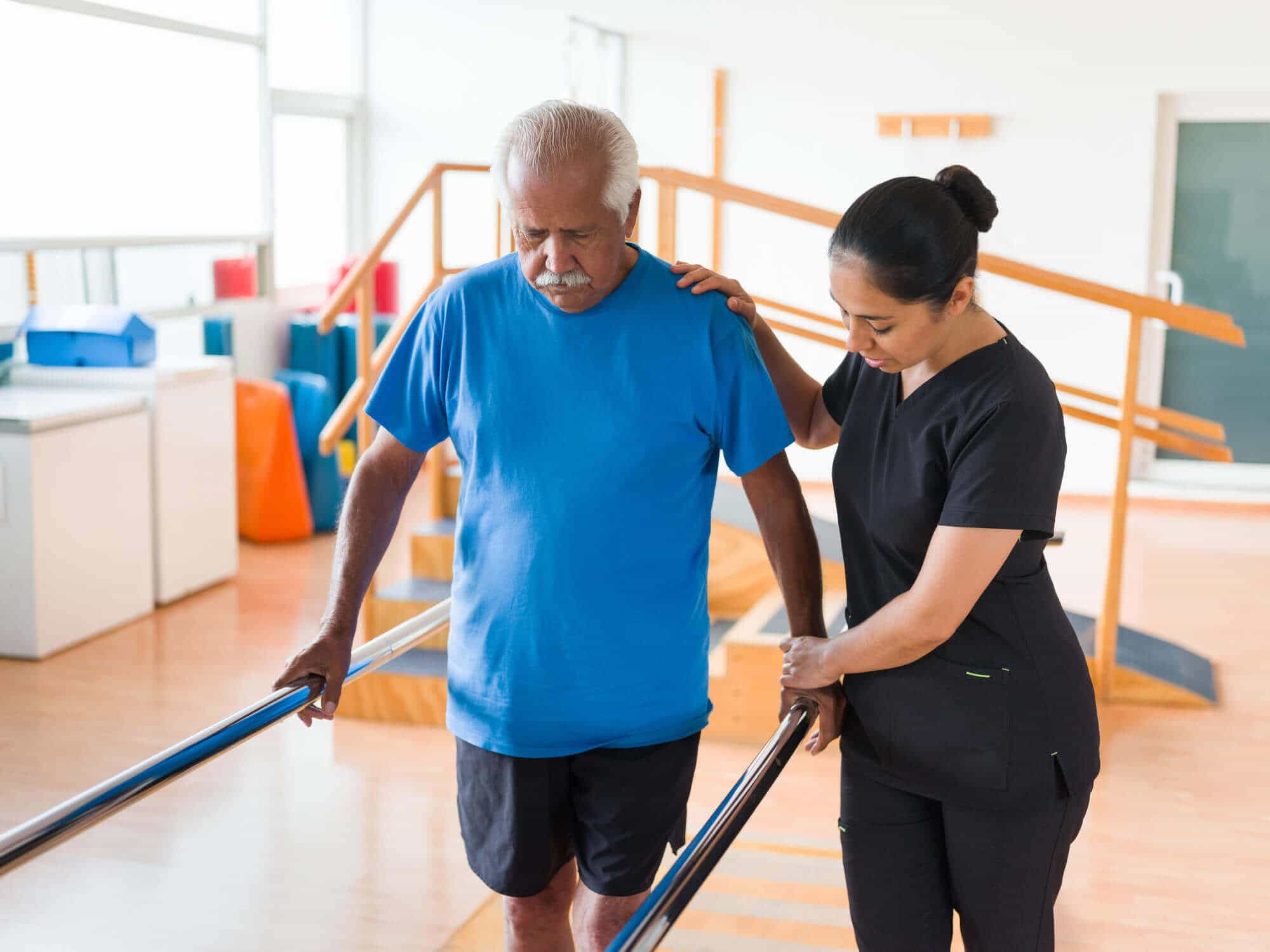Investigating the Varied Techniques of Physiotherapeutic Rehabilitation for Enhanced Healing and Rehabilitation
Investigating the Varied Techniques of Physiotherapeutic Rehabilitation for Enhanced Healing and Rehabilitation
Blog Article
Physical rehabilitation is an important field that assists individuals recover from injuries, surgeries, and multiple medical conditions. It entails a variety of techniques designed to enhance mobility, alleviate discomfort, and enhance overall physical function. Physiotherapy practitioners are trained professionals who evaluate each client’s needs and create customized treatment plans. These programs often include exercises, hands-on treatment, and instruction about body mechanics. By employing these diverse techniques, physiotherapy can substantially improve a person’s quality of living.
One frequent technique used in physiotherapy is therapeutic activity. This involves specific actions and exercises that assist build muscles, enhance flexibility, and increase endurance. For instance, a patient recovering from leg operation may perform workouts that focus on rebuilding power in the leg muscles. These activities are carefully selected based on the individual’s condition and objectives. By incrementally boosting the difficulty and complexity of the exercises, physiotherapy therapists can assist clients regain their power and movement over time.
Another important method is manual treatment, which comprises hands-on approaches to manipulate the human body soft tissues and joints. This can involve flexibility exercises, mobilization, and manipulation. Manual treatment aims to alleviate pain, minimize inflammation, and improve blood flow. For instance, a therapist may apply gentle force to ease stress in stiff muscle groups or to help a articulation move more smoothly. This technique is often integrated with other treatments to enhance recovery and encourage healing. Clients often find hands-on therapy to be a soothing and effective way to control their discomfort.
In furthermore to exercises and hands-on therapy, instruction plays a crucial part in physical. Practitioners teach patients about their issues and how to manage them efficiently. This may include advice on proper alignment, body movements, and techniques to avoid subsequent injuries. For example, a practitioner might show a client how to lift weighty objects properly to avoid straining their spine. By empowering patients with understanding, physical practitioners help them assume an engaged role in their rehabilitation and encourage sustained wellness and well-being.
Ultimately, technology is progressively being integrated into physical methods. Devices such as ultrasound, electrotherapy stimulation, and immersive environments can enhance conventional therapy methods. These tools can help reduce discomfort, promote recovery, and offer engaging methods for clients to engage in their rehabilitation. For instance, immersive reality can generate engaging environments for patients to rehearse movements in a controlled and secure environment. As technology continues to develop, it provides exciting possibilities for improving recovery results in physical.
In summary, physiotherapy encompasses a range of techniques that work in unison to assist recovery and rehabilitation. Through therapeutic activities, manual treatment, patient instruction, and the use of personal training for powerlifting technological tools, physical practitioners provide holistic care tailored to each patient’s needs. This holistic method not only helps patients recover their bodily abilities but also enables them to sustain their health in the long future. As more individuals recognize the benefits of physiotherapy, it continues to play a crucial part in the journey toward improved well-being and fitness.